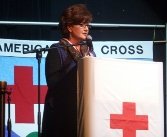Schools
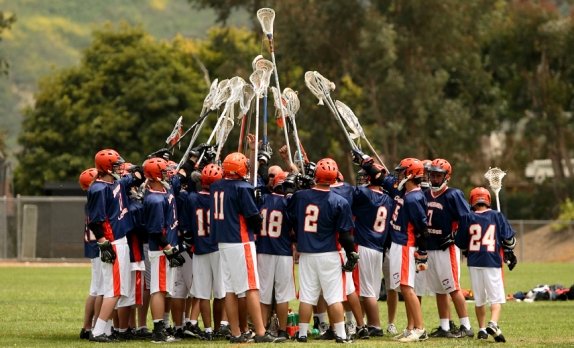
|
Implement a concussion management plan in your school district... Step 1: Develop concussion management guidelines
Step 2: Develop a concussion education plan |
|||||||||
Step 3: Make sure to educate all involved
Step 4: Consider hiring an athletic trainer |
|||||||||
Step 5: Consider neuropsychological testing
|
|||||||||


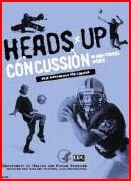
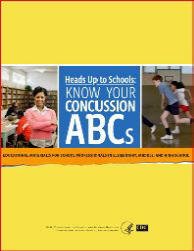
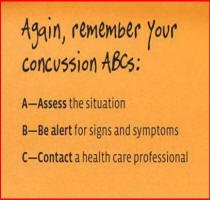
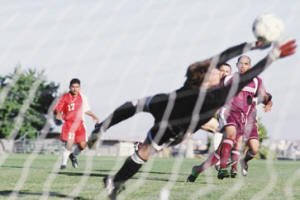

 Dr. William P. Meehan III
Dr. William P. Meehan III
